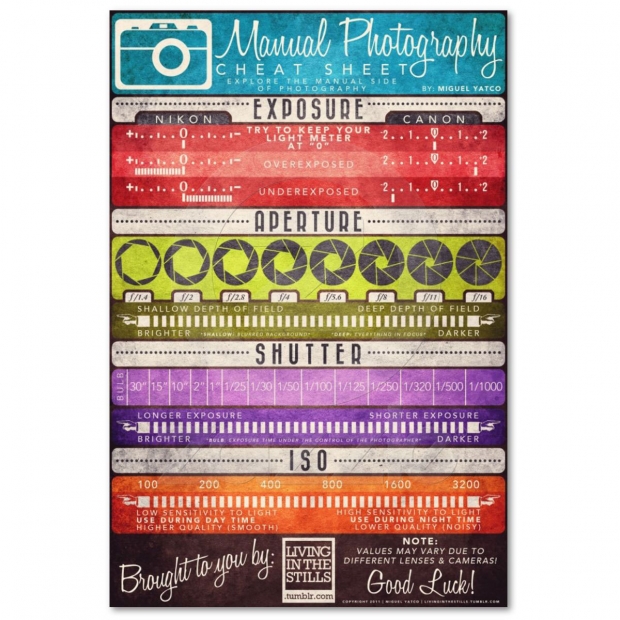Transform Your Photography By Understanding Illumination Techniques That Can Elevate Your Photos-- Uncover The Usual Mistakes That Could Be Holding You Back
Transform Your Photography By Understanding Illumination Techniques That Can Elevate Your Photos-- Uncover The Usual Mistakes That Could Be Holding You Back
Blog Article
Developed By-Rogers Heath
As a digital photographer, you understand that illumination can make or break your images. Recognizing the nuances of both all-natural and artificial light is essential for recording the state of mind and quality you go for in your work. Whether you're chasing the perfect gold hour radiance or adjust your man-made setups, grasping these aspects can raise your digital photography considerably. However there prevail risks that many ignore, and acknowledging them can transform your approach to every shoot. Allow's explore what you might be missing and how it can impact your outcomes.
Recognizing Natural Light
Comprehending all-natural light is vital for any digital photographer seeking to improve their job. It's the foundation of wonderful photography, affecting mood, tone, and clearness. When you fire outdoors, pay attention to the moment of day. The gold hour-- quickly after sunup and prior to sundown-- offers soft, cozy light that can transform common scenes into sensational pictures.
Do not take too lightly the power of cloudy days. Cloud cover diffuses sunshine, creating a soft, even light that's perfect for pictures and macro digital photography. You'll discover colors pop in this type of lights without rough shadows.
Placing matters, also. Always consider your topic's positioning to the source of light. If the sunlight's behind your topic, you may wind up with a shape, which can be significant yet mightn't be what you want. Conversely, straight sunlight can create uncomplimentary shadows.
Explore angles; in some cases, altering your viewpoint can generate fantastic results. Use all-natural reflectors, like water or sand, to bounce light onto your subject, adding measurement.
Learning Artificial Light
Understanding synthetic light is necessary for professional photographers that wish to take their abilities to the following level. Whether you're using speedlights, studio strobes, or continuous lights, understanding just how to adjust these sources can dramatically improve your pictures.
Begin by familiarizing on your own with the basics of light quality, direction, and color temperature level. Try out various modifiers like softboxes, umbrellas, or grids to manage the gentleness or cruelty of the light.
You'll discover that soft light frequently develops complementary outcomes, while harsher light can add dramatization and deepness. Don't avoid darkness; they can enhance the three-dimensionality of your subjects.
Pay attention to the positioning of your lights. A light positioned also near to your topic can produce uncomplimentary results, while also away can cause an absence of information. Use a light meter or your cam's histogram to guarantee you're subjecting correctly.
Linkedin Photos but not least, bear in mind that man-made light can be mixed with ambient light for imaginative impacts. Balancing these resources may take technique, once you master it, your photography will truly beam.
Techniques for Various Scenarios
When you enter different capturing circumstances, adjusting your lighting strategies is vital for catching the very best photos. For outside portraits, make use of the golden hour-- morning or late afternoon light-- to soften shadows and boost complexion.
If it's a harsh lunchtime sun, take into consideration using a reflector to bounce light back onto your subject or seek shaded areas for a more even direct exposure.
In https://zenwriting.net/albert435terisa/easy-ways-to-improve-your-portrait-digital-photography -light situations, like indoor occasions, boost your ISO and make use of a wide aperture to allow in more light. A tripod can aid get rid of camera shake, permitting longer direct exposures without obscuring.
If you're shooting at night, trying out off-camera flash to create dynamic lighting and deepness in your photos.
For product photography, utilize diffused lighting to avoid harsh representations. Softboxes or light camping tents can help accomplish this result.
When photographing landscapes, take into consideration the instructions of light and time of day, as it can substantially alter the mood of your shot.
Always be ready to adjust your setups and placing based upon the circumstance, as versatility is vital to understanding lights in digital photography.
Final thought
Finally, grasping illumination is key to boosting your photography skills. Accept all-natural light's charm during golden hour, and do not shy away from trying out artificial light techniques. By adapting https://telegra.ph/Easy-Ways-To-Improve-Your-Portrait-Photography-01-09-7 to various circumstances, you'll catch magnificent pictures that reverberate with feeling and clearness. Keep in mind, the right lighting can change a regular shot into something extraordinary, so maintain exercising and refining your understanding of both all-natural and synthetic light. Happy shooting!
